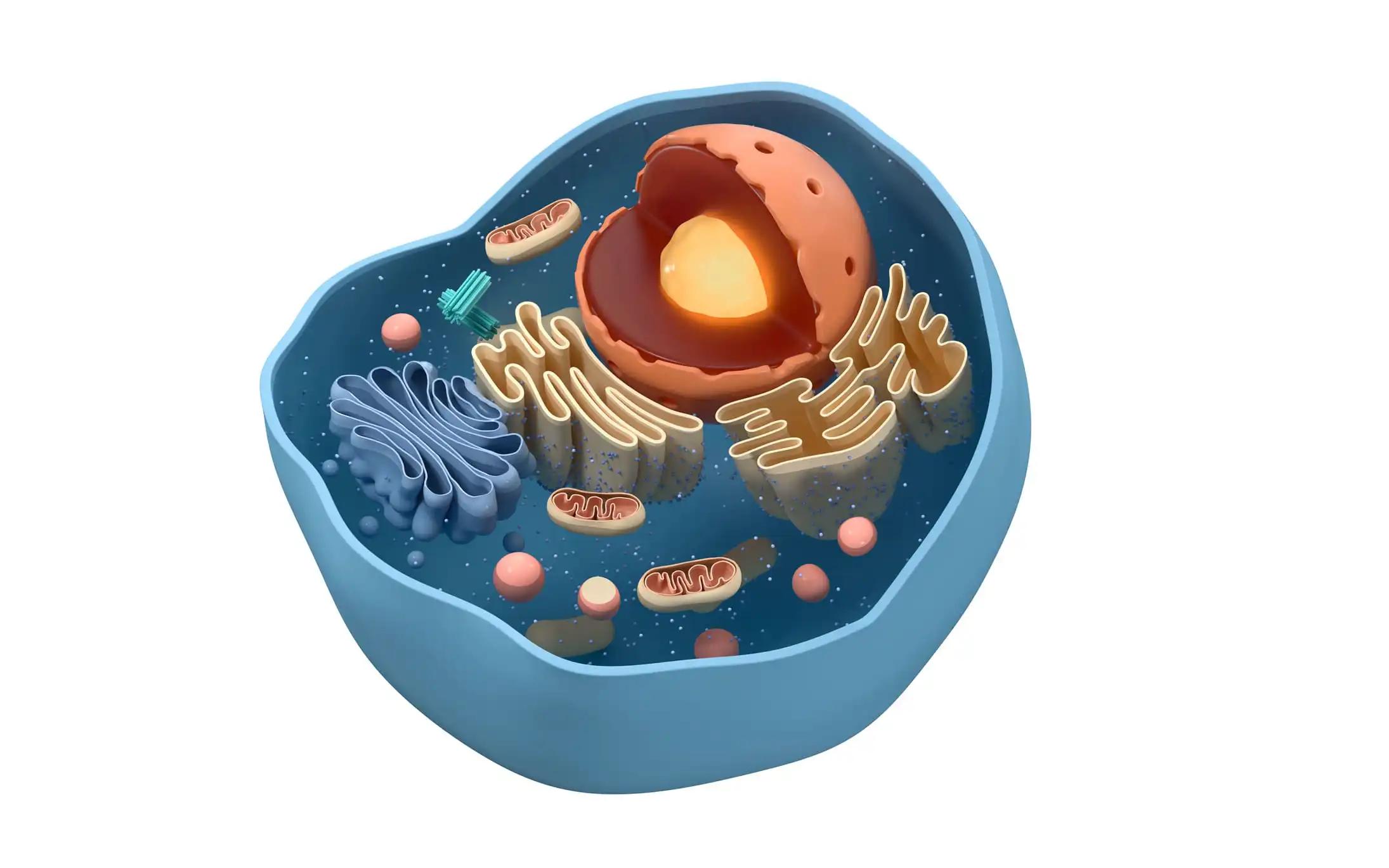KEY TAKEAWAYS
- The phase 3 ENLIVEN study aimed to determine the level of pain relief achieved by pexidartinib treatment in patients with tenosynovial giant cell tumors (TGCT).
- The study included pre-planned preliminary and exploratory evaluations of the most severe pain experienced by patients at the tumor location.
- Results showed that pexidartinib provided a modest improvement in pain compared to placebo but did not show a significant difference in the primary assessment of a pain response.
- Improvement in pain correlated with a reduction in tumor size and volume score. Pain relief was durable during the open-label extension of the trial.
The ENLIVEN, phase 3 study using the double-blind, randomized, placebo-controlled methodology found that orally administered PLX3397 effectively treated TGCT in adults who cannot undergo surgery. Pexidartinib produced a strong tumor response and received accelerated approval as a breakthrough therapy in 2019. However, the study needed to thoroughly evaluate the pain relief achieved by pexidartinib and its correlation with the tumor response.
In the ENLIVEN trial, the patient-reported most incredible pain at the tumor location was included in the primary and exploratory assessments. This was a randomized, placebo-controlled clinical trial where 121 adults with TGCT not amenable to surgery received either pexidartinib or placebo for 24 weeks, followed by open-label pexidartinib for eligible patients. Of the 174 patients assessed, 120 were included in the intent-to-treat analysis (50% [60] to placebo, 50% [61] to pexidartinib). The treated population included 71 females and 106 White patients with a mean age of 45 ± 13 years. The majority of tumors (92% [110 of 120]) were found in the lower extremities, most frequently in the knee (61% [73 of 120]) and ankle (18% [21 of 120]). Patients scored their worst pain at the tumor site in the past 24 hours on an 11-point numeric rating scale (NRS) as a secondary outcome. The study did not elaborate on the relationship between pain relief and objective tumor response. The primary criterion for defining a pain response in the study was a minimum 30% reduction in the weekly mean worst-pain Numeric Rating Scale (NRS) score, coupled with a less than 30% increase in the use of narcotic analgesics between baseline and week 25. Furthermore, planned exploratory assessments of pain included various alternative thresholds. These included evaluating the frequency of a pain response using alternative criteria, such as a reduction of 50% or more in the worst-pain NRS score and a decrease of at least 2 points (considered the minimum clinically important difference [MCID]). The study also explored the magnitude of pain reduction from baseline to week 25, the correlation between the worst-pain NRS score and tumor shrinkage based on RECIST 1.1 criteria, and the sustainability of the pain response throughout the open-label extension phase. During the randomized portion of the trial, pain responses were compared using an intention-to-treat analysis. To mitigate the risk of false-positive results, a one-sided threshold of p < 0.025 was employed. Pain assessments were completed for 59% (35 out of 59) of patients in the placebo group and 54% (33 out of 61) of patients in the pexidartinib group.
The study found no significant difference in the primary assessment of pain response between the placebo and pexidartinib groups. The pain response percentage was 31% (19 of 61) [95% CI 21% to 44%] for pexidartinib and 15% (9 of 59) [95% CI 8% to 27%] for placebo, with a one-sided p-value of 0.03. However, in exploratory analyses, pexidartinib showed a modest improvement in pain. Using a 50% threshold, the pain response percentage was 26% (16 of 61) [95% CI 17% to 38%] for pexidartinib and 10% (6 of 59) [95% CI 5% to 20%] for placebo, with a one-sided p-value of 0.02. Using the minimum clinically important difference (MCID) threshold of at least 2 points in worst-pain NRS score, the pain response percentage was 31% (19 of 61) [95% CI 21% to 44%] for pexidartinib and 14% (8 of 59) [95% CI 7% to 25%] for placebo, with a one-sided p-value of 0.02. The mean change in the weekly mean worst-pain NRS score from baseline to week 25 was significantly more significant in the pexidartinib group than in the placebo group, with a difference of -2.2 [95% CI -3.0 to -1.4], which was just above the MCID. The mean change was -2.5 [95% CI -3.0 to -1.9] for pexidartinib and -0.3 [95% CI -0.9 to 0.3] for placebo, with a p-value of less than 0.001. The reduction in tumor size and volume score was correlated with an improvement in the weekly mean worst-pain NRS score (r = 0.44; p < 0.001 and r = 0.61; p < 0.001, respectively). Patients in the open-label extension showed a similar change in worst-pain NRS score from baseline after 25 and 50 weeks of receiving pexidartinib, just above the MCID (mean -2.7 ± 2.2 and -3.3 ± 1.7, respectively).
The study’s results suggested that pexidartinib may provide modest pain reduction just above the MCID, but it is not enough to recommend its routine use for pain relief.
Source: https://pubmed.ncbi.nlm.nih.gov/36001000/
Clinical Trial: https://clinicaltrials.gov/ct2/show/NCT02371369
Healey JH, Tap WD, Gelhorn HL, Ye X, Speck RM, Palmerini E, Stacchiotti S, Desai J, Wagner AJ, Alcindor T, Ganjoo K, Martín-Broto J, Wang Q, Shuster D, Gelderblom H, van de Sande M. Pexidartinib Provides Modest Pain Relief in Patients With Tenosynovial Giant Cell Tumor: Results From ENLIVEN. Clin Orthop Relat Res. 2023 Jan 1;481(1):107-116. doi: 10.1097/CORR.0000000000002335. Epub 2022 Aug 24. PMID: 36001000; PMCID: PMC9750631.



